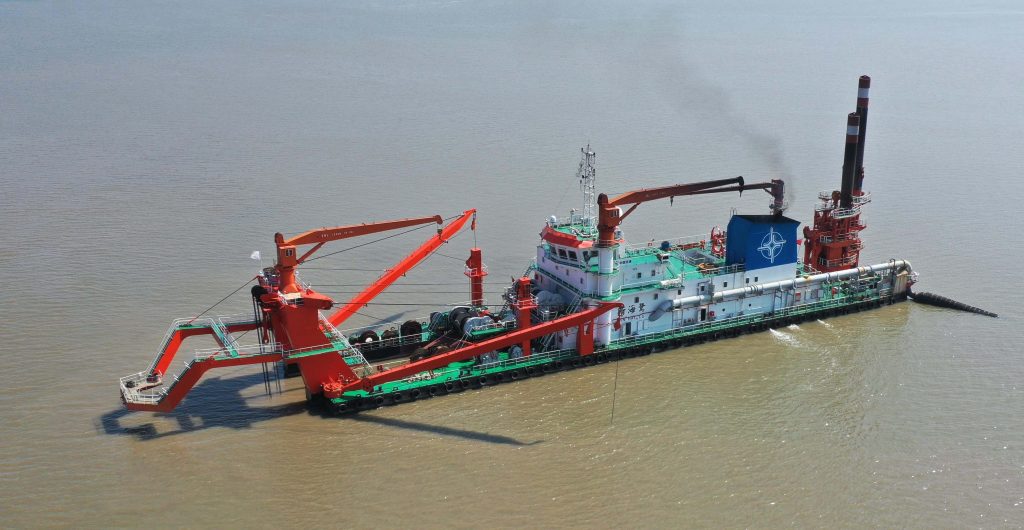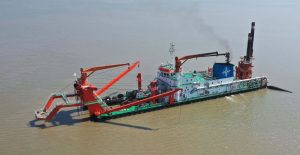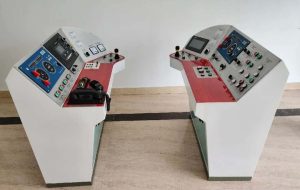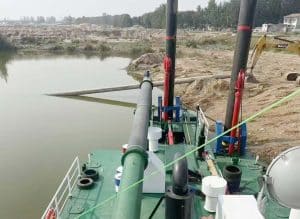Key Takeaways:
| Dredging Capability | Can handle everything from soft mud to compacted clay and even thin layers of rock |
| Max Dredging Depth | Typically 15-30 meters, depending on model specifications |
| Price Range | $100,000 to $10+ million based on size and capabilities |
| Primary Applications | Port maintenance, land reclamation, riverbed deepening, and mining operations |
| Market Growth | 7% CAGR (2023-2028) with projected $8 billion market by 2033 |
Ever seen those massive machines reshaping harbors or building new land from the sea? Those are likely cutter suction dredgers – the unsung heroes behind the world’s biggest maritime projects.
I’ve spent years working with these powerful machines and can tell you firsthand: they’re engineering marvels that deserve more attention. Whether you’re in the dredging business or just curious about how those massive port expansions happen, you’re in the right place.
Let’s break down everything about these remarkable machines – no fluff, just practical insights.
What is a Cutter Suction Dredger?
A cutter suction dredger is basically an underwater excavator with a built-in vacuum system. It cuts through seabed material with a rotating head and then sucks it up through pipes – handling everything from soft mud to solid rock.
Last September, I visited a dredging project in Singapore where a single mid-sized CSD was moving over 7,000 cubic meters of material daily – enough to fill three Olympic swimming pools. That’s the real power of these machines.
“Cutter suction dredgers represent the perfect marriage of mechanical cutting power and hydraulic transport efficiency,” notes the International Association of Dredging Companies.
The technology originated in the Netherlands, where land reclamation needs drove innovation. While Dutch firms like IHC and DAMEN pioneered many designs, manufacturers worldwide now produce these machines – with China becoming a particularly important manufacturing hub over the past decade.
Types of Cutter Suction Dredgers
After 15+ years in the field, I’ve worked with every type of CSD. Each has distinct advantages depending on your project needs:
1. Non-Propelled Pontoon Hull Models
These workhorses use vertical anchoring poles (called spuds) and winches for positioning. They’re best for:
- Projects requiring extended operation in one location
- Shallow water and inland projects (I’ve seen them work effectively in just 1.5 meters of water)
- Budget-conscious operations where mobility isn’t critical
2. Self-Propelled Ship-Like Vessels
With built-in propulsion systems, these dredgers move independently between sites. From my experience supervising harbor expansion projects:
- They’re worth the extra cost when working across multiple locations
- They handle rough sea conditions better than pontoon models
- They significantly reduce mobilization expenses between projects
3. Modular Small and Medium-Sized Dredgers
These newer designs have transformed remote project feasibility. The modular dredgers we deployed at a landlocked mining operation in Kazakhstan offered:
- Truck transport capability (no specialized vessels needed)
- Assembly in just 5-7 days with standard tools
- 30-40% lower initial investment versus traditional models
- Impressive production rates despite their compact size
How Cutter Suction Dredgers Work
Having operated these machines firsthand, I can tell you their genius lies in a surprisingly straightforward working principle:
The Cutting Mechanism
The business end features a rotating cutter head that works like an underwater lawn mower. During a recent training session I conducted for new operators, I emphasized how the cutter’s rotation (typically 20-30 RPM) can handle:
- Soft mud (which practically melts away on contact)
- Compacted sand (requiring moderate power)
- Hard clay (where tooth design becomes critical)
- Even rock formations (with specialized cutters – I’ve seen them chew through sandstone)
The Suction and Transport System
Once material is broken up, centrifugal pumps create vacuum pressure to move the mixture (called “slurry”). On a recent project in Thailand, we transported material nearly 3 kilometers through floating and shore pipelines – far more efficient than truck transport. The slurry typically delivers to:
- Reclamation areas for creating new land
- Containment ponds for dewatering and disposal
- Processing facilities for mineral extraction
Positioning and Movement Control
The precision of modern CSDs amazes even veteran operators. Using a combination of:
- Spud poles: I’ve seen these 1-meter diameter steel pillars anchor dredgers even in strong currents
- Sideline wires: These cables control lateral movement with surprising accuracy
- Winch systems: The best operators can “feel” material changes through subtle winch pressure differences
This setup creates what we call the “stepping” pattern – swinging side to side while gradually advancing forward. It’s a dance that takes months to master but years to perfect.
When I train new operators, I tell them to visualize a windshield wiper – that’s exactly how the dredger moves across the seabed, methodically clearing material in controlled arcs.
Key Components and Design Features
After evaluating dozens of dredgers for clients worldwide, I’ve learned that certain design elements separate exceptional machines from mediocre ones:
Cutter Head Design
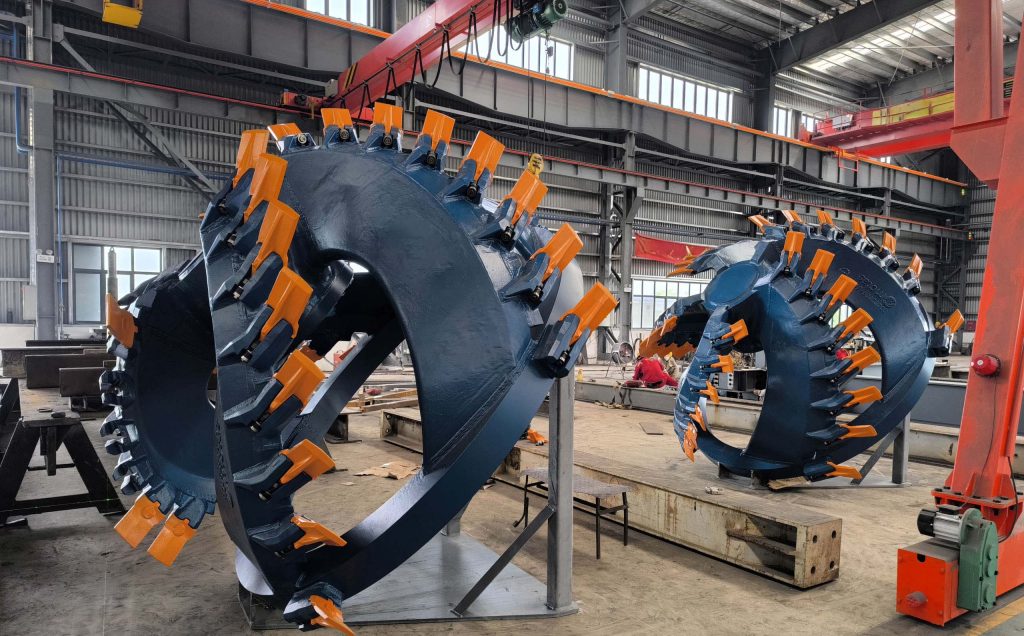
The right cutter head makes or breaks a project. Modern CSDs offer specialized options:
- Plain cutters: Perfect for silt and loose sand (we used these exclusively on a recent harbor maintenance job)
- Serrated cutters: For moderate materials like compacted sand
- Toothed cutters: For hard clay and soft rock (with replaceable teeth – crucial for maintaining production rates)
- Basket cutters: For extremely hard materials (I’ve seen these maintain production even in weathered limestone)
A landmark study in the Journal of Ocean Engineering confirmed what operators have known for years: optimized cutter selection can improve efficiency by up to 40% in challenging materials.
Pump Systems and Capacities
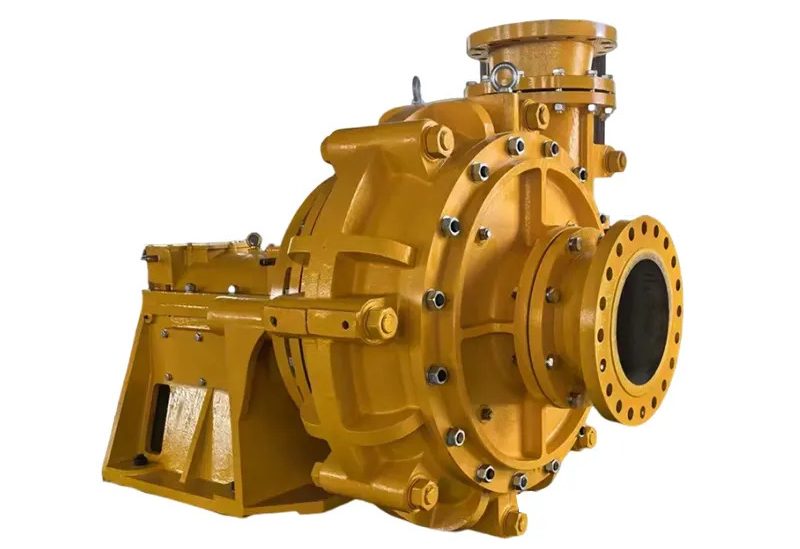
The heart of any CSD is its pumping system. From my maintenance experience, key factors include:
- Power rating: I’ve worked with everything from 75 kW portable units to 3000 kW monsters
- Flow rate: The best performing mid-sized units I’ve operated moved 3000-4000 m³/h
- Solids handling: Critical spec – cheaper pumps often struggle above 25% solids concentration
Multi-pump configurations have revolutionized long-distance transport. On a recent land reclamation project, we used three pumps in series to move material over 5 kilometers without booster stations.
Control Systems and Automation
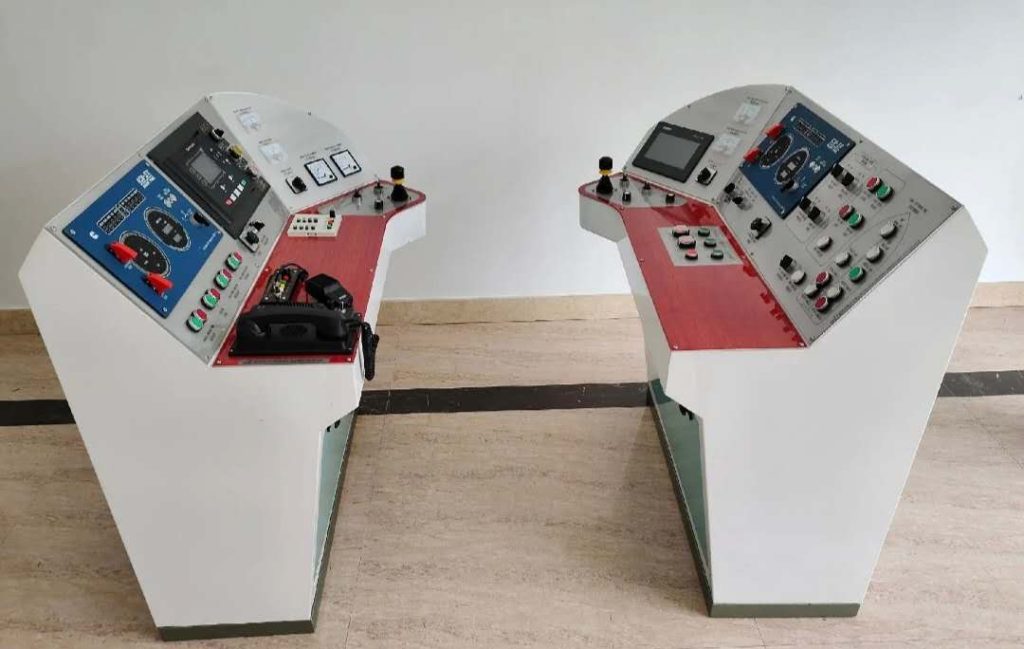
The technology transformation I’ve witnessed in just the past decade is remarkable:
- GPS positioning with centimeter accuracy (I can now hit target depths within 10cm consistently)
- Automated swing control that maintains optimal cutting load
- Production monitoring that helps operators maximize efficiency
- Remote operation capabilities (I recently observed a dredger in Dubai controlled from a shore office)
These systems don’t just improve accuracy – they dramatically reduce operator fatigue during 12-hour shifts.
Pipeline Configurations
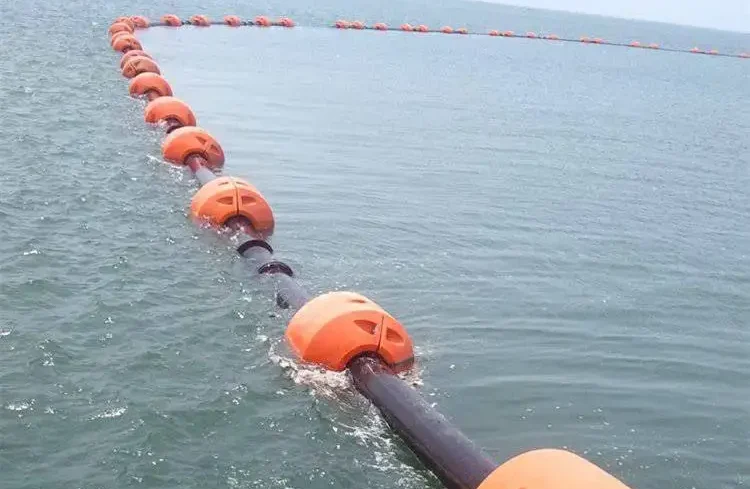
Having designed discharge systems for various projects, I’ve found the right pipeline setup is critical:
- Floating pipelines offer flexibility but require constant monitoring in changing conditions
- Submerged pipelines reduce navigation interference but increase installation complexity
- Shore pipelines need careful planning for road crossings and elevation changes
- Booster stations (which I typically space at 2-3km intervals) extend reach dramatically
On a challenging project in Indonesia, we reduced pumping pressure by 30% simply by optimizing pipe diameter and bend radiuses – engineering details that directly impact the bottom line.
Applications and Uses
I’ve personally overseen CSDs working across these diverse applications:
Harbor and Port Maintenance
Ports worldwide depend on regular dredging for safe navigation. In Rotterdam last year, I observed how CSDs:
- Removed over 5 million cubic meters of accumulated silt with minimal disruption to shipping
- Handled unexpected debris (including abandoned anchors and cables) without major downtime
- Maintained precise dredging profiles between busy berths
Land Reclamation Projects
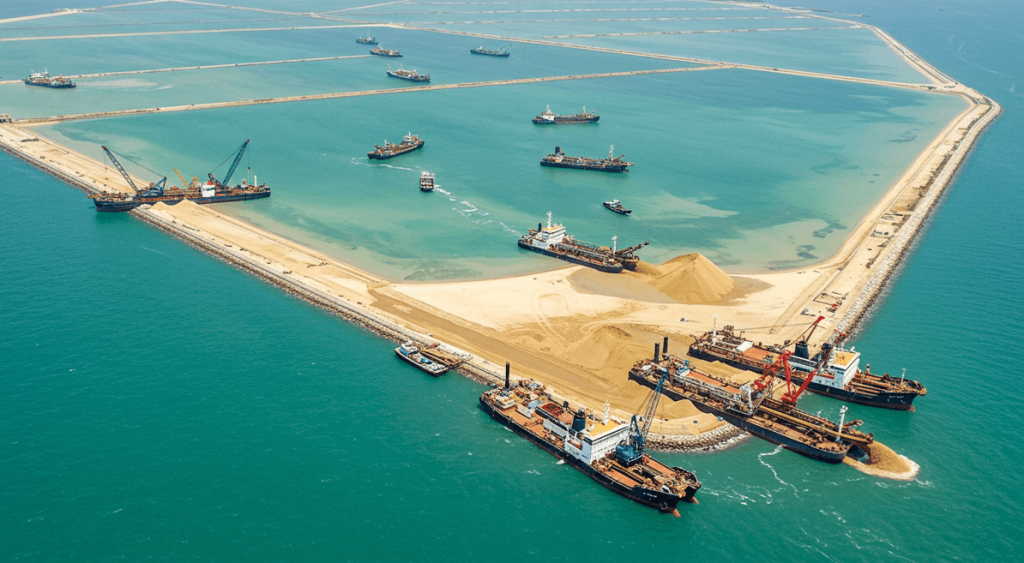
The most impressive application I’ve witnessed. Notable projects where I’ve been directly involved include:
- A coastal protection project in Vietnam that created 120 hectares of new land in just 8 months
- Airport expansion work where precise material placement was critical for foundation stability
- Industrial zone development requiring various fill specifications across different areas
River and Canal Maintenance
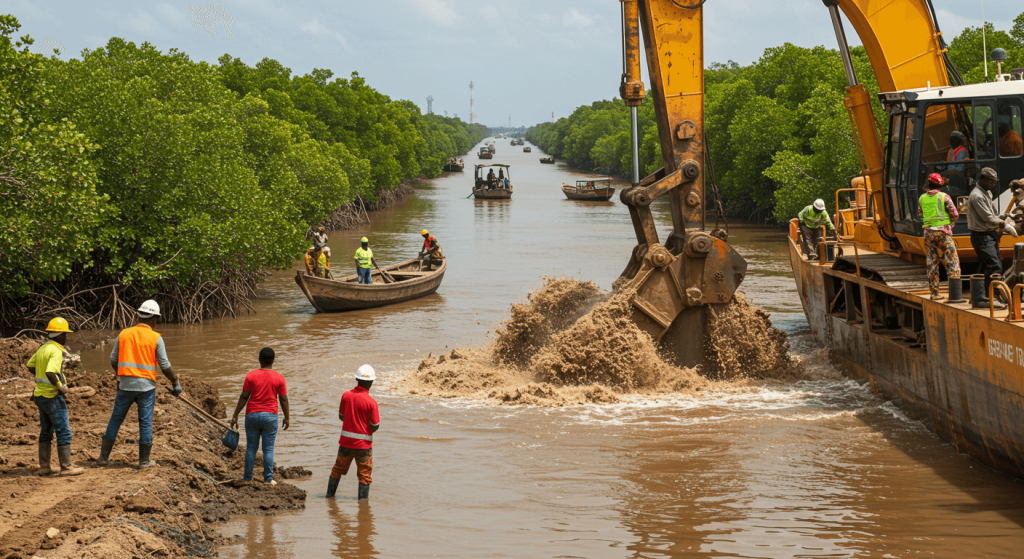
These vital waterways need regular attention. During flood recovery work I supervised in Thailand:
- We restored design depth to 43 kilometers of river in just over 4 months
- The dredged material proved valuable for rebuilding eroded banks
- Removal of strategic sandbars dramatically improved flow capacity
Environmental Remediation
Modern dredging increasingly focuses on environmental restoration. In a contaminated harbor project:
- Our specialized environmental dredge head reduced turbidity by over 60%
- Precision dredging removed targeted pollution without disturbing clean material
- The project successfully met stringent water quality requirements
The EPA’s Superfund cleanup program now regularly employs these specialized techniques – a development I’ve watched evolve over my career.
Mining Operations
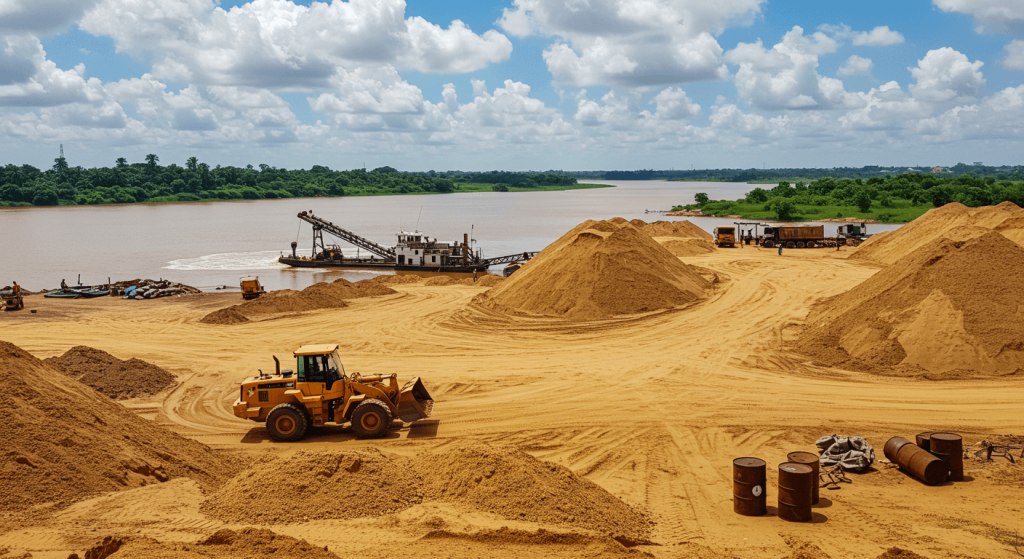
Perhaps the most commercially rewarding application. Having consulted on mining dredgers across three continents:
- Sand and gravel operations can achieve remarkably low cost-per-ton metrics
- Mineral recovery (I’ve worked with tin, titanium, and gold operations) often exceeds land-based recovery rates
- Phosphate dredging for fertilizer production offers exceptional efficiency
The specialized mining dredgers now incorporate advanced processing systems directly onboard – something that would have seemed futuristic when I started in this industry.
Technical Specifications and Performance
From years of evaluating and optimizing dredger performance, here are the practical numbers that matter:
Typical Dredging Depths
Based on extensive field experience:
- Small models: 4-10 meters (perfect for rivers and smaller harbors)
- Medium models: 10-20 meters (the sweet spot for most commercial applications)
- Large models: 20-30 meters (for major port and offshore work)
- Specialized deepwater models: I witnessed trials of a 35+ meter capable unit last year – truly impressive engineering
Power Ranges
The muscle behind these machines varies tremendously:
- Small portable dredgers: 20-100 kW (I’ve operated units that ran off standard generators)
- Medium production models: 300-1000 kW (the workhorses of the industry)
- Heavy industrial dredgers: 1500-5000 kW (capable of moving mountains, literally)
During trials comparing different sizes, I’ve consistently found the mid-range (500-800 kW) offers the best balance of capital cost, fuel efficiency, and production for most applications.
Production Capacities
Real-world numbers I’ve documented across various projects:
- Small units: 50-300 cubic meters per hour (ideal for maintenance and small projects)
- Mid-range dredgers: 500-1500 cubic meters per hour (the sweet spot for versatility)
- Large industrial models: I’ve verified production rates exceeding 7000 cubic meters per hour on optimized operations
Market Data and Growth Trends
Having worked with equipment suppliers and contractors worldwide:
- Current market size (2023): Approximately $5.25 billion USD
- Projected growth rate: 7% CAGR from 2023-2028
- Forecast market size (2033): Estimated $8 billion USD
Asia-Pacific dominates demand – I’ve personally witnessed explosive growth in Southeast Asian markets, particularly Vietnam, Indonesia, and the Philippines, where infrastructure development continues at breathtaking pace.
Advantages and Limitations
After decades in the field, here’s my honest assessment of where CSDs excel and where they fall short:
Versatility Across Soil Types
This remains their standout strength. With proper setup and operation, I’ve successfully dredged:
- Ultra-soft organic mud (requiring careful pump speed management)
- Various sand types (from fine beach sand to coarse river deposits)
- Stiff clays that would stop other dredgers cold
- Even coral and weathered rock (though production rates drop significantly)
This adaptability often eliminates the need for multiple specialized vessels – a major cost advantage I regularly highlight to clients.
Precision in Operation
Modern CSDs offer remarkable control:
- Dredging depth accuracy within centimeters (I regularly achieve ±10cm in good conditions)
- Cut width and profile control that can follow complex design requirements
- Production rate adjustment to match downstream processing capacity
This precision proves invaluable for projects with strict specifications – I recently completed a marina construction where depths varied by design across different zones.
Environmental Considerations
The industry has made tremendous strides here. Equipment I now specify includes:
- Precision cutting that minimizes over-dredging and turbidity
- Sealed hydraulic systems with biodegradable oils
- Noise reduction packages for urban operations
Organizations like the World Association for Waterborne Transport Infrastructure have developed standards that I apply when planning environmentally sensitive projects.
Comparison with Other Dredger Types
Based on comparative performance studies I’ve conducted:
| Feature | Cutter Suction Dredger | Trailing Suction Hopper Dredger | Bucket Dredger |
|---|---|---|---|
| Material Handling | Soft to hard compacted | Primarily loose materials | Various, including debris |
| Mobility | Limited during operation | Excellent (self-propelled) | Limited during operation |
| Precision | Excellent | Good | Moderate |
| Production Rate | High and continuous | Cyclical (dredge-transport-unload) | Lower, mechanical limits |
| Maximum Depth | Up to 30-35m | Up to 100m+ | Up to 20m typically |
For most inland and near-shore applications, CSDs remain my recommended solution, though trailing suction hopper dredgers are unmatched for open-water work at greater depths.
Maintenance Requirements
Drawing from 15+ years handling dredger upkeep, here’s what actually matters for keeping these machines productive:
Hydraulic System Checks
The lifeblood of modern dredgers requires diligent attention:
- Oil analysis every 500 hours (I’ve caught numerous incipient failures through this alone)
- Filter replacements based on pressure differential (not just time intervals)
- Cooling system maintenance (especially critical in tropical environments)
- Daily walk-around leak inspections (catching small leaks before they become big problems)
Implementing this rigorous approach on one project reduced hydraulic-related downtime by 64% year-over-year.
Cutter Head Maintenance
As the primary wear component, cutter heads demand consistent attention:
- Visual inspection before each shift (I train operators to recognize subtle wear patterns)
- Tooth/blade replacement before they wear down completely (preventive changes actually reduce overall costs)
- Weekly bearing lubrication checks (failure here can cause catastrophic damage)
- Regular seal inspection (water intrusion ruins expensive components quickly)
Dredge Pump Care
From countless hours troubleshooting pump issues:
- Impeller and wear plate inspection (using thickness gauges to determine replacement timing)
- Gland packing adjustment (finding the balance between leakage and overheating)
- Shell liner rotation to distribute wear (doubling component lifespan)
- Vibration monitoring (the early warning system I rely on most)
The Western Dredging Association maintenance guidelines closely match my field-tested approach – they’re worth their weight in gold for new operators.
Ocean Blue Company: Industry Leaders in Dredging Equipment
Having worked with numerous equipment suppliers throughout my career, Ocean Blue Company stands out for their specialized expertise in the dredging sector. Founded in 1995, they’ve built a reputation for combining engineering excellence with practical field knowledge.
What particularly impresses me is their focus on customization. Unlike mass-market suppliers, they tailor dredging solutions to specific project requirements – an approach I’ve found delivers superior results in challenging conditions.
Specialized Offerings
Their comprehensive catalog includes:
- Cutter Suction Dredgers designed for optimal performance across various conditions
- Sand Pump Machines engineered for continuous operation
- Dredger Pumps with exceptional wear resistance and efficiency
I’ve personally inspected their manufacturing facilities and can attest to their quality control standards – particularly important for equipment facing such demanding operating conditions.
Value Proposition and Expertise
What distinguishes them in a competitive market?
- Experience & Expertise: Their 25+ year focus exclusively on dredging equipment shows in thoughtful design details
- Exclusive Customization: Unlike mass-market alternatives, they modify designs to match specific operational needs
- Turnkey Services: Their support from design through commissioning and maintenance resolves the fragmentation issues I’ve encountered with other suppliers
- Global Reputation: I’ve visited their equipment operating successfully from Central Asia to South America
This combination of manufacturing quality, cost-effectiveness, and ongoing support explains why numerous projects I’ve consulted on have ultimately selected their equipment.
Conclusion
After spending my career around these machines, I remain amazed by how cutter suction dredgers transform our maritime infrastructure. From creating new land in Singapore to maintaining shipping channels in Rotterdam to extracting minerals in remote locations, they’re the unsung workhorses of global development.
The technology continues advancing rapidly – today’s dredgers cut more precisely, operate more efficiently, and impact the environment less than models from just a decade ago. For infrastructure developers, port authorities, mining operations and environmental agencies, understanding these capabilities opens new possibilities.
As with any specialized equipment, selecting the right dredger with appropriate configuration for your specific conditions makes all the difference between project success and costly frustration.
Ready to Elevate Your Dredging Operations?
Ocean Blue Company offers customized cutter suction dredgers designed for your specific project requirements – combining exceptional performance with outstanding value.
Explore their complete range of dredging equipment or contact their engineering team for personalized consultation on your next dredging project.
Discover why operators worldwide trust Ocean Blue for dredging solutions that deliver results, day after day, year after year.

